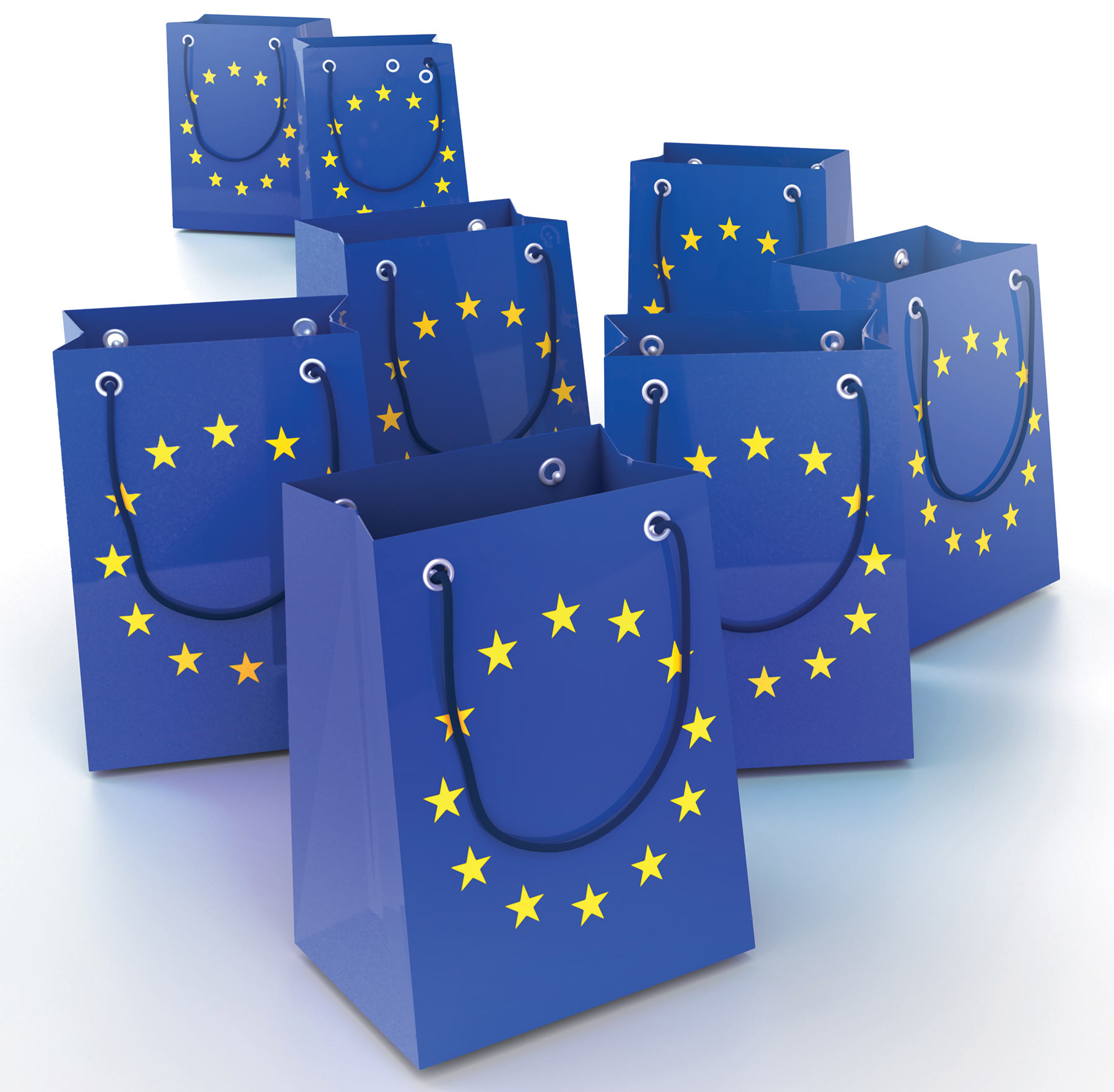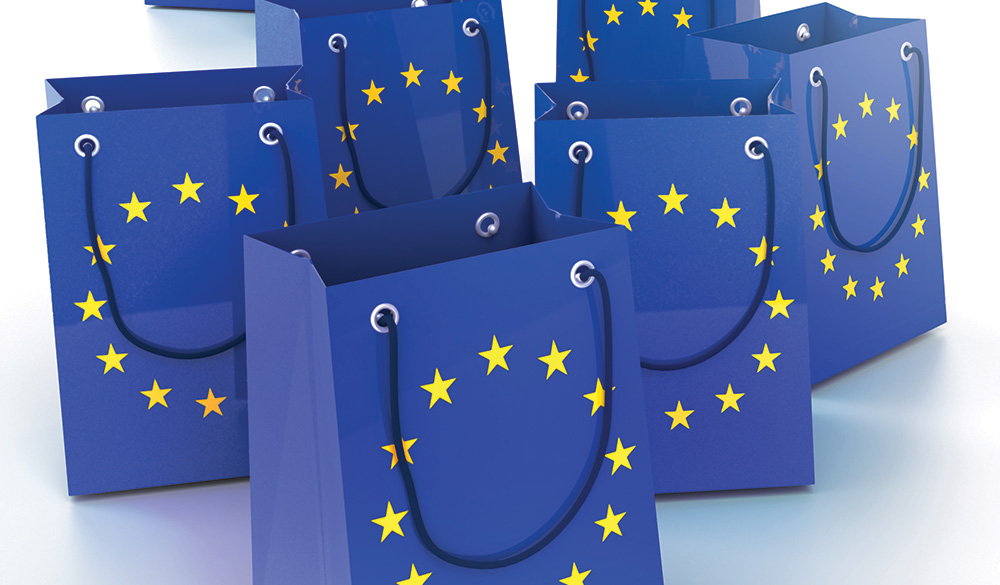
n April 25th, the Council of the European Union (EU) adopted the long-awaited EU General Product Safety Regulation (GPSR). The adoption of the GPSR was the final step of the revision of the outdated EU General Product Safety Directive (Directive 2001/95/EC, or GPSD). The GPSR will enter into application on 13 December, 2024.
The ink has yet to dry, but one thing is certain: selling consumer products in the EU will never be the same. That applies both to manufacturers based in and outside the EU. In this article, I summarize the main highlights of the GPSR.
- Medicinal products for human or veterinary use;
- Food;
- Feed;
- Living plants and animals, genetically modified organisms, and genetically modified microorganisms in contained use, as well as products of plants and animals relating directly to their future reproduction;
- Animal by-products and derived products;
- Plant protection products;
- Equipment on which consumers ride or travel where that equipment is directly operated by a service provider within the context of a transport service provided to consumers and is not operated by the consumers themselves;
- Aircraft referred to in Article 2(3), point (d) of Regulation (EU) 2018/1139; and
- Antiques.
The regulation is applicable to new, used, repaired, or reconditioned products but does not extend to products marked for repair or reconditioning before use. Furthermore, the GPSR operates without prejudice to the rules established by Union law on consumer protection.
We should not underestimate the profound implications that this legislative shift can bring to the legal landscape. Manufacturers should adopt a broader and more comprehensive perspective when assessing potential health risks associated with the products they bring to the market.
Let’s use mobile phones as an illustrative example. It has become increasingly evident that providers of social media applications employ algorithms intentionally designed to foster addictive behavior. Additionally, a growing body of scientific research underscores the potential adverse effects of mobile phones on the mental well-being of children.
While an outright ban on mobile phones may appear implausible when compared to the regulation of, for example, alcohol or cigarettes, there is a growing recognition of the need for measures to significantly reduce their usage. Within the EU, we are already witnessing the emergence of initial initiatives aimed at addressing this issue.
Furthermore, the proposed EU Product Liability Directive notably introduces a clear definition of “product” that explicitly encompasses ”software.” Additionally, it specifies that the term ”damage” should be understood as ”material losses resulting from death or personal injury, including medically recognized harm to psychological health.” This reflects the EU’s efforts to adapt product liability regulations to the digital age and acknowledge that software, as a product, can have wide-ranging implications, including not only physical harm but also harm to mental health.
The possibility of class-action lawsuits against mobile phone manufacturers and social media giants like Facebook is not beyond consideration.

In line with the previous section, it is remarkable that “mental health” must also be included in that risk assessment. The GPSR, for example, stipulates that a risk assessment:
These provisions make providers of online platforms de facto the new “gatekeepers” when it comes to product compliance and safety. Since most traders sell products through online platforms, this could have a tremendous (and hopefully positive) impact on the level of product compliance and safety. If traders want to sell their products via Amazon or the like, they should be in control of their product compliance and safety processes. In case of repeated non-compliance, pursuant to the GPSR, providers of online platforms will have to suspend their services to that trader until further notice.
In any case, it is highly recommended to properly safeguard internal processes for product safety within an organization. For example, companies may ask themselves the following:
- Do we have an adequate risk analysis procedure in place?
- Do we have a CAPA procedure in place?
- Do we have proper design validation procedures in place, considering the intended users and use?
- Do we have a proper complaint system in place?
- Does the executive management team take ownership of product compliance and safety within your company?
- Do we have proper procurement procedures and supplier agreements in place?
I often make a comparison with the car industry, where repair seems the only proportionate remedy. We can all understand that, with some exceptions, a replacement or refund for a car that can be repaired would be disproportionate. Another example of a recall remedy that appears disproportionate is when a regulatory body responsible for market surveillance demands that a manufacturer of premium e-bikes provide consumers with a refund instead of a repair.
Moreover, from a sustainability point of view, repair is probably the better option. With the new EU proposal on the ”right to repair” for consumers, it is remarkable that a minimum of two remedies must be offered for recalls, while repair is clearly the most proportionate and sustainable remedy.
On the one hand, that is commendable; on the other hand, it can be very tricky. Here’s an example. In Chapter VIII, the GPSR prescribes that, in the event of a recall, the consumer must be instructed to “immediately stop using the affected product.” In addition, the GPSR stipulates that, in the event of a recall, the economic operator must collect the unsafe product from the consumer “if it is not portable.”
If we take this literally and apply it to dangerous cars, for example, consumers should stop using that car immediately, and the car would be required to be collected from the consumer by the manufacturer (or dealer). The question is whether this is really intended. It would undoubtedly lead to a logistical nightmare and a huge financial burden. Stakeholders, such as trade associations, seem to have overlooked this in the drafting phase of the GPSR.
The EU GPSR is a so-called horizontal regulation that sets out general safety requirements for all consumer products (except if explicitly excluded from its scope) sold in the EU, including motor vehicles. Sectoral car legislation, such as EU Regulation 2018/858 on the approval and market surveillance of motor vehicles and their trailers, provides more specific safety requirements for motor vehicles and their components. However, it does not replace or derogate from the requirements of the GPSR. The sectoral legislation sets out additional requirements for the safety and performance of motor vehicles and their components but does not relieve manufacturers of their obligations under the GPSR. Therefore, any additional obligations under the GPSR would still apply to the car industry alongside the requirements of the sectorial car legislation.
Since the GPSR stipulates more detailed obligations with regard to remedies and recalls, such obligations would apply to all consumer products sold in the European Union that fall within the scope of the GPSR, including motor vehicles. The sectoral car legislation does not exempt motor vehicles from the requirements of the GPSR. Therefore, any additional obligations under the GPSR regarding recalls would be applicable to the car industry, as well as other industries. There are no provisions in Regulation 2018/858 specifically dealing with recall notices (e.g., “stop riding”) and remedies (e.g., collecting non‑portable products). Hence, we may argue that Chapter VIII is also applicable to cars and other products that are covered by sectoral legislation.
If the Commission intended to exempt products covered by sectoral legislation from the application of Chapter VIII of the GPSR, then Chapter VIII should have been listed in Article 2(1)(b), which outlines the chapters exempted from the scope of the GPSR.
At the time of writing this article, my discussion with the EU Commission was still ongoing. Based on their latest reaction, it seems that they understand my concern. The EU Commission is still in the process of internal discussions regarding this matter. It is anticipated that the EU Commission will release guidelines aimed at assisting industries and other stakeholders in comprehending and applying the GPSR. These guidelines might offer some flexibility and proportionality with regard to the concerns addressed.
However, it is important to note that these guidelines do not carry the same legal weight as the GPSR itself, which is an official law. Consumers or their representative associations have the right to directly reference the explicit text of the GPSR when seeking to address related issues.
The EU Commission “should carry out an evaluation of the implementation of the penalties laid down under the GPSR as regards their effectiveness and deterrent effects, and, where appropriate, adopt a legislative proposal in relation to their enforcement.”
